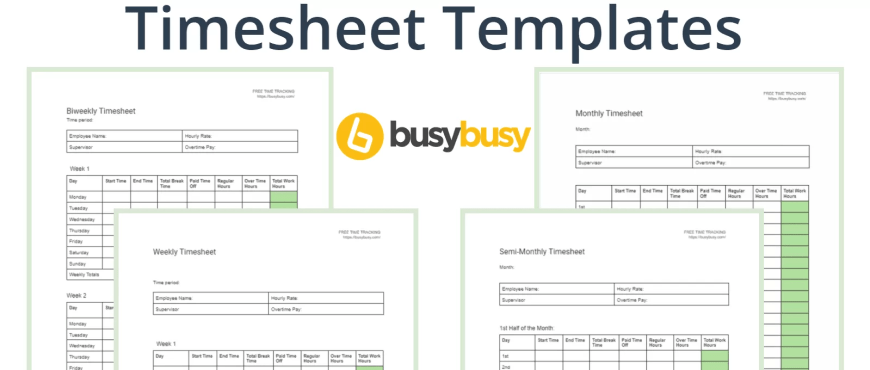
Prefabrication is a game changer in the building industry. But what does prefabricated mean in construction? This innovative method of building has revolutionized the way structures are built, reducing costs, construction time, and waste.
Using prefabrication in construction offers many benefits but also comes with potential issues. Find how prefabricated materials will affect your job site progress!
Prefabrication in construction: what is it?
Prefabrication in construction refers to manufacturing building components off-site and assembling them on-site. This approach is different from traditional construction methods, where buildings are constructed from the ground up using materials and labor on the construction site.
Importance of prefabrication in construction
Prefabrication in construction is important because it offers numerous benefits over traditional on-site construction methods. With its versatility and growing popularity, prefabrication is poised to play an even more prominent role in the construction industry and is considered an essential aspect in the future of building.
How prefabrication in construction works
The process of prefabrication in construction begins with the design and planning phase. During this phase, the design team creates detailed plans and specifications for the building components that will be prefabricated.
Once the design is complete, the components are manufactured off-site in a factory setting. This allows for greater control over the manufacturing process, ensuring that each element is built to the exact specifications and meets the highest quality standards.
Once the components have been manufactured, they are transported to the construction site, where they are assembled and integrated into the overall building structure.
The most common prefabricated items contractors use for building houses
- Wall panels – including exterior and interior walls, complete with windows and doors
- Roof trusses – pre-engineered and assembled truss systems that support the roof
- Stair systems – pre-built and ready-to-install staircase assemblies
- Bathroom pods – fully equipped and ready-to-install bathroom units
- Kitchen units – pre-made and pre-finished kitchen cabinets, countertops, and sink units
- MEP (mechanical, electrical, plumbing) systems – prefabricated systems that include piping, ducting, electrical wiring, and more
- Floor systems – pre-engineered and prefabricated floor joist systems
What percent of a job site has prefabricated materials on it?
It is not easy to provide a specific percentage of a job site with prefabricated materials, as it can vary greatly depending on several factors, such as the type of project, the scale of the project, the location, and the preference of the contractor and client.
However, the use of prefabricated materials in construction has been increasing in recent years. A McGraw-Hill Construction report says 85% of construction industry professionals are using some form of prefabrication on some projects.
It’s important to note that using prefabricated materials is not a one-size-fits-all solution, and the percentage of prefabricated materials used on a job site can vary greatly depending on the specific needs and requirements of the project.
Advantages of Prefabricated Materials
Improved Quality Control: In a controlled factory environment, prefabricated components can be manufactured to precise specifications with minimal human error. This results in a higher quality product and reduces the likelihood of defects or mistakes occurring on-site.
Increased Efficiency: Prefabricated components can be manufactured simultaneously with other parts of the building, allowing for a quicker and more efficient construction process. This can reduce the overall construction timeline and speed up the delivery of the finished building.
Cost Savings: Prefabrication in construction can result in significant cost savings compared to traditional construction methods. The controlled factory environment can reduce the need for skilled labor, allowing cost savings to be passed on to the client. Additionally, prefabrication can reduce waste and minimize the need for on-site storage, further reducing costs.
Improved Sustainability: Prefabrication in construction can also positively impact the environment. The controlled factory environment allows for the use of sustainable materials and manufacturing processes, reducing the construction project’s carbon footprint. Additionally, prefabrication can reduce construction waste and minimize the impact of construction on the surrounding environment.
Disadvantages of prefabricated materials
While prefabrication in construction offers many benefits, there are also some disadvantages to consider, including:
- Limited customization options
- Transportation costs
- Compatibility issues
- Coordinating schedules
- Damage in transportation
Have you ever had a job site or subdivision where the concrete crew is pouring, the excavation crew is hauling off their equipment, and then your prefabricated trusses show up?
When there is no place to unload them without being in the way or at risk for a truck driver to run them over, it costs you money! Then, the only thing you get to do is frantically try and create space, while you pay the truck driver to sit loaded close to the job site.
How contractors can stay ahead
Damages and delays are risks you need to factor in. Construction time tracking apps like busybusy can help contractors face potential issues with prefabricated items arriving on the job site damaged by providing the following features:
Job site visibility: busybusy allows contractors to monitor and track their projects’ progress in real-time, including the arrival of prefabricated items.
Scheduling: Nothing puts a halt to job site progress like not having the materials for the next step. With busybusy’s schedule, you can see if you are ahead, allowing you to order prefabricated items earlier. Or, supervisors can quickly reschedule crews to a different project so you don’t have employees waiting around the job site for materials that won’t arrive for another 2-3 business days.
Photo and notes documentation: The app allows employees and supervisors to take photos of prefabricated items as soon as they arrive on the job site. This documentation can be used to prove that the items were damaged upon arrival and not due to improper handling or installation.
Electronic signatures: busybusy has customizable questions that require a response with electronic signatures, which can be used to verify the condition of prefabricated items upon arrival.

Using these features, construction time tracking apps like busybusy can help contractors mitigate the potential impact of damaged prefabricated items and ensure that projects are completed on time and within budget.
Conclusion
Prefabrication in construction can be a very cost-effective and efficient method. It offers numerous benefits over traditional construction methods including reduced construction time, lower costs, and improved quality. In addition, using prefabrication in construction is more sustainable, reducing waste and improving the overall efficiency of the building process. With its numerous advantages, it is clear that prefabrication in construction will play a significant role in the future of building.











